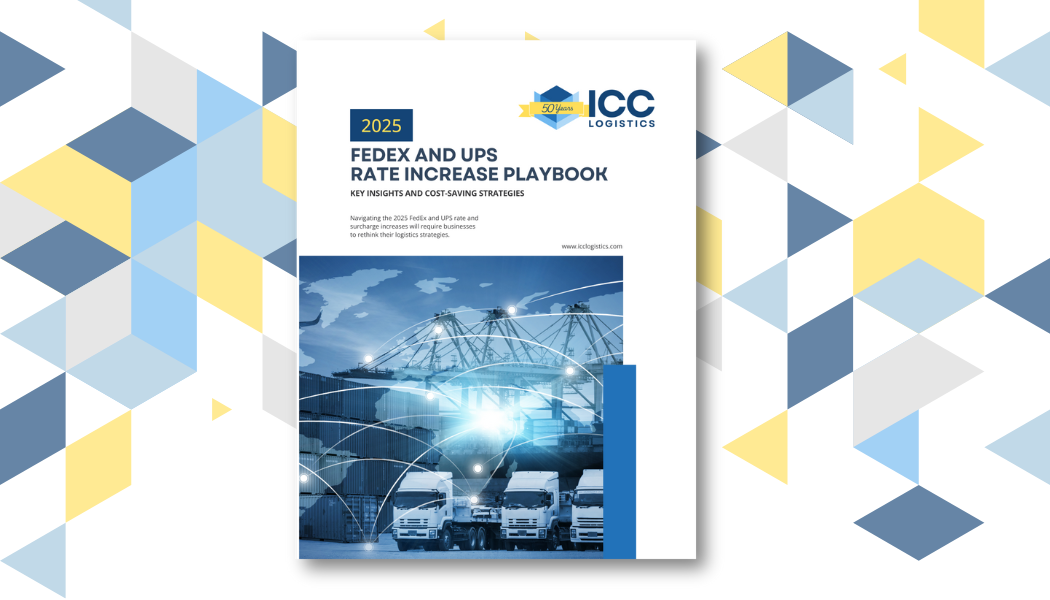UPS recently reported their fourth quarter revenue figures and they were absolutely eye-popping. Actually for the year, they were the highest reported revenues and diluted adjusted earnings per share in the company’s history.
Here are some of the key highlights:
- Consolidated Revenue Increased 21% to $24.9 Billion from Growth Across All Business Sectors
- Consolidated Operating Profit Increased 1.6% to $2.2 Billion, up 26% on an Adjusted Basis
- Diluted Earnings Per Share of $2.66, Up 26.1%
- Annual Results – Highest Revenue and Adjusted Diluted Earnings Per Share in Company History
There are several key factors that resulted in these extraordinary 4th Quarter financial figures for UPS. First, Covid-19 created an absolute explosion of Business to Consumer shipments which UPS obviously capitalized on.
Another major factor affecting UPS’ growth in revenue and profitability was the publication of several new Peak Season Surcharges. While Peak Season Surcharges are not new to UPS shippers, in 2020, UPS broadened the application of these surcharges and obviously benefitted from them financially.
UPS also waived their Guarantee Service Refund Program early in 2020 and that waiver still remains in place today. While there are no specific revenue numbers on the impact of that decision, we are fairy sure it have a very positive financial effect.
Now, just imagine what the financial results would have been had UPS been able to handle ALL of the shipping volume that was available from their major retail customers. We are sure the profit numbers would have been even higher.
So, breaking down these financial results by UPS business unit, we can see where the best results were achieved and where the results weren’t so good.
US Domestic Segment:
Q4 2019 Q4 2020
Revenue $13.4 Billion $15.7 Billion
Operating Profit $1.207 Billion $1.247 Billion
International Segment:
Q4 2019 Q4 2020
Revenue $3.762 Billion $4.770 Billion
Operating Profit $809 Million $1.160 Billion
Supply Chain and Freight Segment:
Q4 2019 Q4 2020
Revenue $3.398 Billion $4.382 Billion
Operating Profit $262 Million $331 Million
An interesting point in the Supply Chain and Freight Segment numbers is the fact operating profits weren’t as strong as they are for UPS’ domestic and international business sectors. In an effort to improve these numbers however, UPS agreed to sell their UPS Freight, LTL Trucking unit to TFI Freight. TFI is a large Canadian transportation and logistics firm serving North America providing LTL, Truckload, Parcel and logistics services. The price TFI paid was $800 Million. The deal is scheduled to be finalized in the second quarter of 2021.
The price UPS sold the LTL business for is lower than the price UPS paid back in 2005 to get into the LTL trucking business. UPS actually spent $1.25 Billion to purchase Overnite Transportation in 2005. At that time industry experts believed UPS paid more than they should have for Overnite and perhaps those experts were right. That transaction created the “UPS Freight” operation, which was the first time UPS ventured into the LTL freight business.
So what’s next for UPS in their effort to improve profits? First, UPS is planning on cutting Capital Expenditures to $4 Billion this year from $5.4 Billion in 2020. We believe they will also continue to add surcharges and publish rate increases to the services that indicate increases need to be implemented. As of this writing, the pendulum is swinging in UPS’ favor, and the same holds true for all other modes. But as we all know, pendulums swing both ways and it will be interesting to see when it swings back in the shippers’ favor.
All of these revenue enhancement efforts are part and parcel, (no pun intended) of UPS’ CEO, Carol Tome’s commitment to her “Better not Bigger” business strategy. Seems like she has the right idea. Will other logistics service provider leaders follow in her footsteps? Sounds like a good idea to us.
Looking to gain control over rising parcel shipping costs? Contact us today to learn more.
Covid-19 created an absolute explosion of Business to Consumer shipments which UPS obviously capitalized on.



 to receive our FREE white papers:
to receive our FREE white papers: